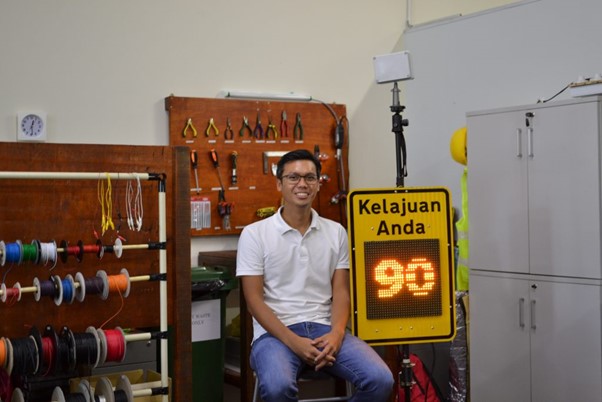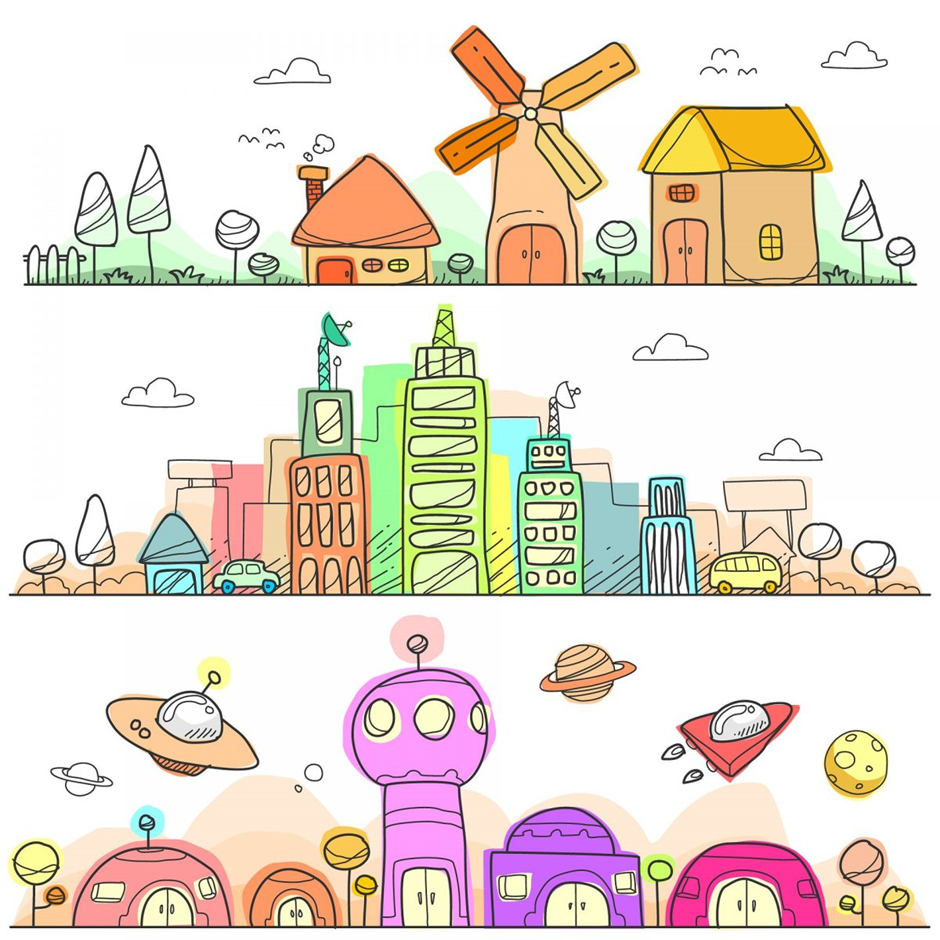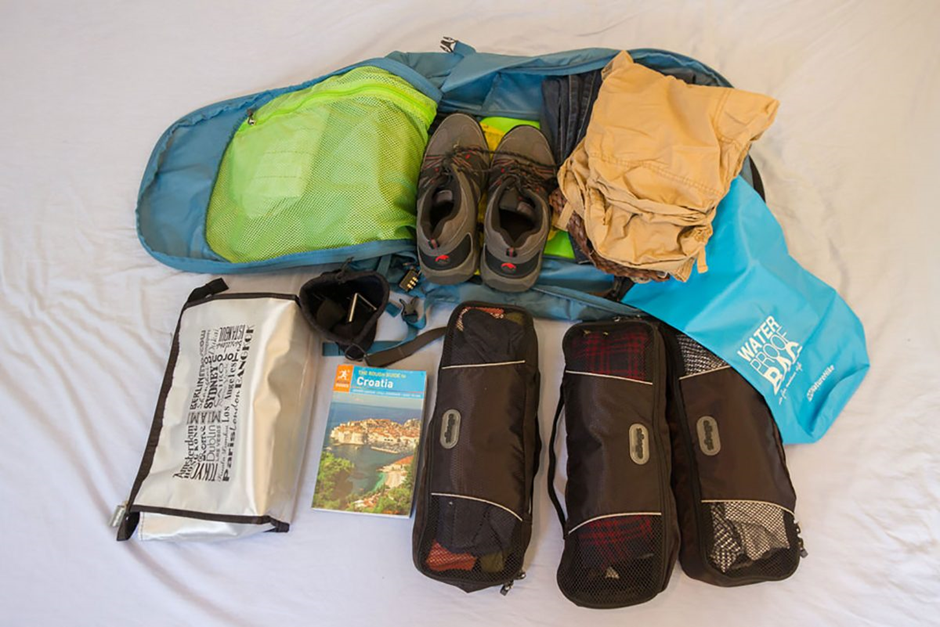Vroooooming your way to greater (road) safety
Whenever I hear the loud screeching sound from a vehicle (suddenly coming to a halt) to give way to another road user, even if it’s not within sight, I’d get frightened. Whether it is (to make way for) an oncoming vehicle, a pedestrian, or a lost animal, it is equally scary. You can never really tell when a road accident will occur, but this is one of the scenarios that would increase the chances of a road accident, one of the leading causes of deaths. To my international readers who have travelled to Malaysia and experienced the general traffic situation in the country, this might be of interest to you, as well.
Over the years, advancement in technology has propelled many to adopt a (slightly) different lifestyle. As you become more device-centric, provided 1) the infrastructure is available, 2) you know how to operate the device, the solutions will follow suit. One such solution is the radar speed sign, which is set to, hopefully, reduce road fatalities in Malaysia. Working towards smart traffic management, an increasing number of locations in Malaysia are to become smart cities.

For this, I reached out to Ikhwan Ayub (pictured, with their prototype unit), the co-founder and Chief Operating Officer of Vectolabs Technologies Sdn. Bhd.
Would you mind briefly introducing Vectolabs?
Vectolabs Technologies is an Internet of Things (IoT) start-up based in Cyberjaya (town) focussing on smart city applications. Vectolabs was founded in San Diego, California designing Vololights, an award-winning sensor-based braking indicator for motorcycles. At present, Vectolabs Technologies parents the latter. Backed by the Malaysian Technology Development Corporation (MTDC), we set up shop in Cyberjaya late-2016 and began developing IoT devices. Our first smart city IoT solution, Vectolights – NEMA smart streetlight solution, was deployed at the Universiti Teknologi MARA (UiTM) Shah Alam campus in 2018. Currently, we leverage radar technology to develop the radar speed sign to help improve road safety in our country.
Smart traffic management I would assume is also part of becoming a smart city? Would you be able to explain a bit more on this?
The problem that we are trying to solve with the radar speed sign is to reduce the rate of accidents by getting speeding drivers to slow down. This is particularly important to address “black spots” (areas where accidents often occur), and for schools located on main roads.
Our solution can detect and track multiple vehicles within the detection zone, measure vehicle speed and distance, and measure the size of vehicles. With these capabilities, road safety can further be improved with insightful traffic data such as traffic count and categorisation, average traffic speed of the road section, and the number of vehicles driven within and exceeding the speed limit.
What inspired you to come up with the radar speed sign? How does it help road users?
After the deployment of Vectolights in 2018, we started looking into radar technology for traffic detection to adjust the brightness of our smart streetlights, and this spurred the collaboration with the Microwave Research Institute (MRI) of UiTM Shah Alam and Jabatan Kerja Raya (JKR)/the Public Works Department (PWD). We discovered that the know-how can be used to develop the radar speed sign, which is a more effective and non-invasive solution to reduce traffic speed as compared to speed bumps and rumble strips.
The radar speed sign helps road users to be conscious of their speed and slow down their vehicle. Studies (conducted by a radar expert based at UiTM Shah Alam) have shown that up to 80% of drivers will slow down when notified of their speed and a 1km/h drop in average speed reduces the rate of accidents by 4%.
How is the awareness of road users now that there’s the radar speed sign?
Interestingly during our testing in Cyberjaya we have consistently seen vehicles slowing down when they see the sign. We’ve seen a car speeding at 110km/h to beat a red light at a cross junction near a school!
I think I’m as curious as you are to see how the general road users would react to the radar speed sign. We should be able to learn more once our pilot deployments (two locations in Selangor) are completed in these couple of months.
How much did it cost you to come up with the solution, out of curiosity?
We are still finalising the design and components to determine the final cost, but we want our radar speed sign to be the first solution to look at when you want to reduce or prevent accidents, in terms of cost, effectiveness and ease of installation.
Where is the radar speed sign currently? How many locations? Would it be available elsewhere in the future?
Our radar speed sign will see its pilot deployment at two “black spots” in Selangor in Q4 2020, and I hope to demonstrate the benefits to road users and see it installed at more locations.
For further information:
If you would like to learn more about Vectolabs and our capabilities, please reach out to me on LinkedIn or visit www.vectolabs.com.
Note: Selangor is a state in Malaysia in which both its capital city Shah Alam and the town of Cyberjaya can be found.










Showing 0 comments